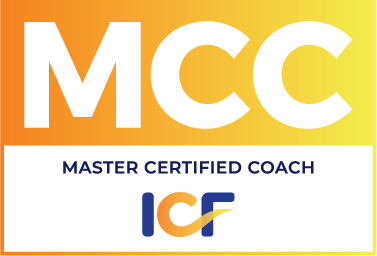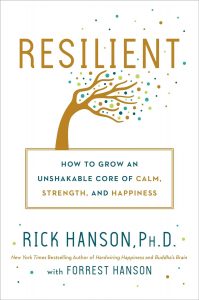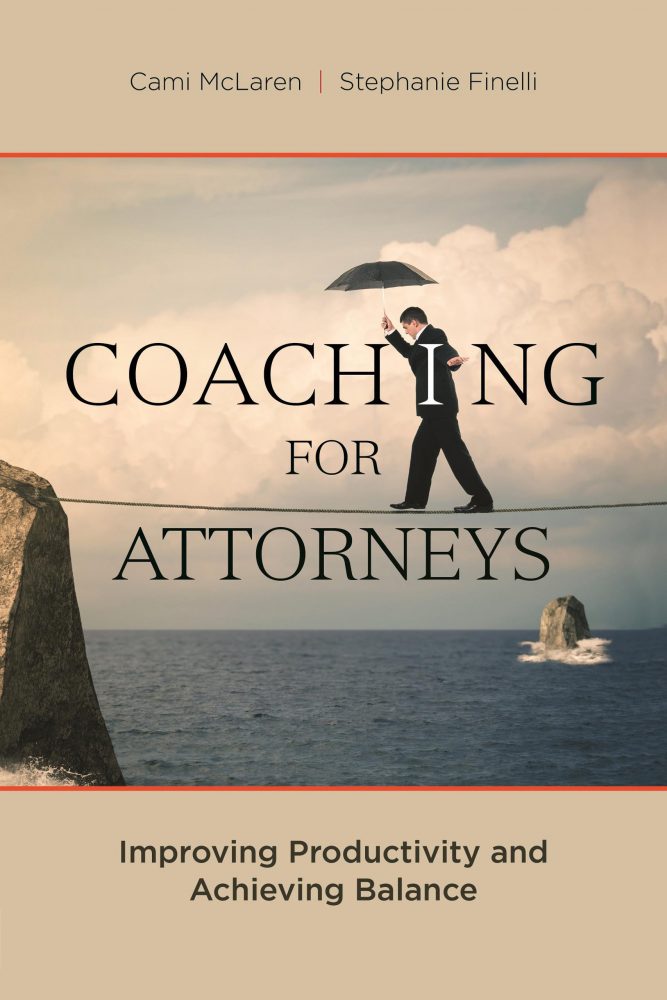“Leadership is the art of getting someone else to do something you want done because he wants to do it.” ~Dwight D. Eisenhower
Over the next month, I am going to re-publish some of my older works on enrollment, leading up to my enrollment workshop on June 19 (below). Then I will resume our discussion on the 3 Pillars of Relationship. Enrollment falls squarely under one of the relationship pillars – communication.
“Enrollment” as I use it does not appear in the dictionary. As I define it, enrollment is a way of supporting another person by offering a product, a service, or simply a solution. It is a way of being with another person that inspires them to move forward with something they want. (As always, I am indebted to Source Point Training for introducing me to this concept.)
Enrollment may be seen as similar to selling, but it is not, as I see it, the same thing. However, it is true that those who are very good at enrollment, have no trouble selling.
Enrollment is a very important tool for attorneys and other professionals. Indeed it is important in any area of business and other areas of life as well. Enrollment can be utilized for many purposes: to bring in new clients, to have employees want to perform your work, and to make sure that your partners and associates are on the same page with you, just to name a few. We say that we are always either enrolling another into something or they are enrolling us into something.
For example, if you are an attorney, a potential client may come into your office for a meeting, at the end of which she gives you a retainer and enters a contract for legal representation. You have enrolled her in the value of your services. Or you come home tired after work and say to your spouse, “Let’s just go out to dinner tonight.” Maybe at first your spouse does not want to go out to dinner, but after speaking with you, agrees that going out to dinner is a good idea. You have enrolled her in this plan. Or the outcome might be different and she might enroll you in staying home for dinner.
When you look at the definition above, you might think, how can I enroll someone in what I want if the definition is to support the other person in getting what he or she wants? This is precisely the distinction between most kinds of selling and enrollment. It is a different way of approaching the situation. You may want a particular outcome – a new client, or to go out to dinner – but the result will be best for you when you approach the situation by finding out what the other person wants first and directing your conversation toward that. In this way, if the other person agrees, we say they are “enrolled.” This means she did not just say, “Yes,” to get you to stop talking, but she truly believes your idea is a good one for her.
To be enrolled is to be on board or have ownership for what you have agreed to, so much so that you take action on the idea/solution, etc. When you enroll a potential client, they give you money and/or sign a contract (action) and they make their meetings with you, call when they say they will, do the homework you suggest to them (more action). By their actions, you can see they have ownership. They have not simply agreed with your idea; they have adopted it as their own idea.
When you enroll your spouse to go out to dinner, she gets her coat on, calls restaurants to check for availability, gets in the car (action). She follows through and is engaged in going out – having fun, enjoying it and not complaining or resisting. She has taken ownership. If she is enrolled in going out and the restaurant is closed, she will suggest another restaurant, rather than that you just go home.
Note the distinction, which I will expand upon in a later post, between a person being “enrolled” in the result versus being “sold” or “convinced.” The person who is “enrolled” will stick to the agreed-upon course of action because she is clear on its value—for her. The person who is merely “sold to” or “convinced” may not see the value for herself and may ultimately back out. The spouse who feels pressured may say yes, but grumble all evening or say “I knew we should have stayed home,” when you get stuck in traffic.
Is Enrollment the Same as Selling?
Enrollment is usually distinct from “selling.” But it really depends on the type of “selling” one engages in. Many truly talented salespeople are actually engaged in what I have termed “enrollment.” To the extent there is a distinction between selling and enrolling (and I will make this distinction below) selling is defined as a “pitch” delivered by someone who does not truly listen and therefore does not fully understand what his customer wants or needs and does not alter his “pitch” to meet the customer’s needs and desires. This is a common type of sales technique and it is important and useful to distinguish this from enrollment.
Breaking it Down
Enrollment consists of certain factors. These include that you, as the enroller, listen very curiously and ask questions in order to understand exactly what the other person wants. Once you clearly understand what that person wants, you decide if you can provide it. If you can—if what you have fits with what they want—then you convey that. Here is where most “selling” misses the mark. The seller comes at the buyer with what the seller has. He does not spend the time to find out what the buyer wants. In most selling, the salesperson spends 80% of the time telling the customer what he has, while the customer speaks only 20% of the time. In contrast, the enroller only speaks 20% of the time and spends 80% of the time listening. And much of that 20% speaking is asking questions. This is because when you fully comprehend what the other person wants, and that person sees that you understand and care about what they want, and you explain that your service will help them get what they want, closing the deal is easy.
Next week, I will offer you a specific enrollment tool – the REALITY model.
__________________
Meanwhile, if you are interested in this and want to learn more, come to our Sacramento training in June!
Enrollment is the Art of Collaborative Communication.
Enrollment is a specific communication skill that is effective everywhere. Using this skill will vastly improve all your results – in business and elsewhere throughout your life.
When you master this skill of communication, you will be able to enroll:
• potential clients and customers in hiring you, buying your product or service
• people in referring business to you
• your staff into doing their jobs and doing them well
• supervisors in supporting you in doing your job
• team-members in working together
• clients in paying you on time
• your children in cooperating with you
In this workshop, you will learn the R.E.A.L.I.T.Y.™ model of enrollment – a specific communication tool that will afford you the results above and more.
Participants will learn how to:
• quickly and easily create rapport and trust with others
• ask the right questions to generate a high degree of ownership and follow through
• listen so others feel heard
• speak in a way that others are inspired to take committed action
• create win-win agreements
• help people overcome perceived obstacles in order to create tangible outcomes
June 19 (Tuesday)
1:30pm — 4:30pm
$149/person
$140/person for 2 or more from same company
Register today:
https://www.eventbrite.com/e/enrollment-the-art-of-collaborative-communication-tickets-43781560827
Testimonial
“Cami has taught me that effective communication and enrollment is NOT about getting someone else to see things your way. Effective communication, and the concept of enrollment, is about truly listening and understanding the other person or the other side. With this understanding, you can communicate more effectively and advance your objective with someone else in a way that causes them to be really committed, because they really believe it for themselves. It is a way to find common ground and value that often leads to a better result than just convincing someone to do it your way. Cami is an incredible teacher of these subtle nuances in communication and learning just a small fraction of these skills has made a world of difference in both my personal and professional life.”
–Heather Johnston, Owner, Sapphire Law Group







